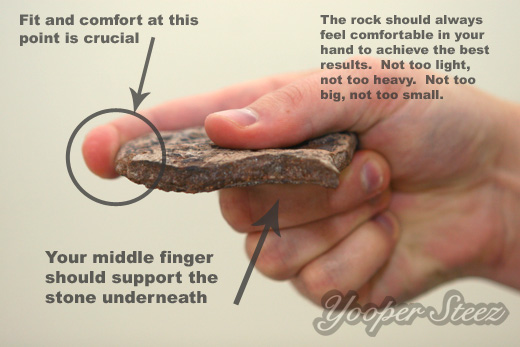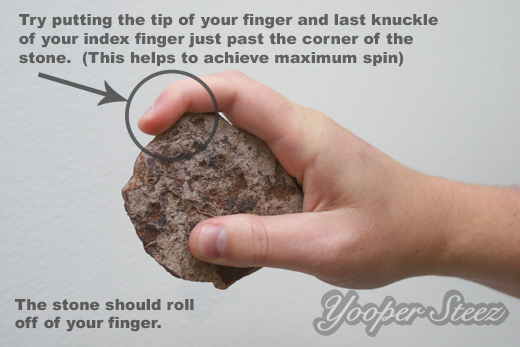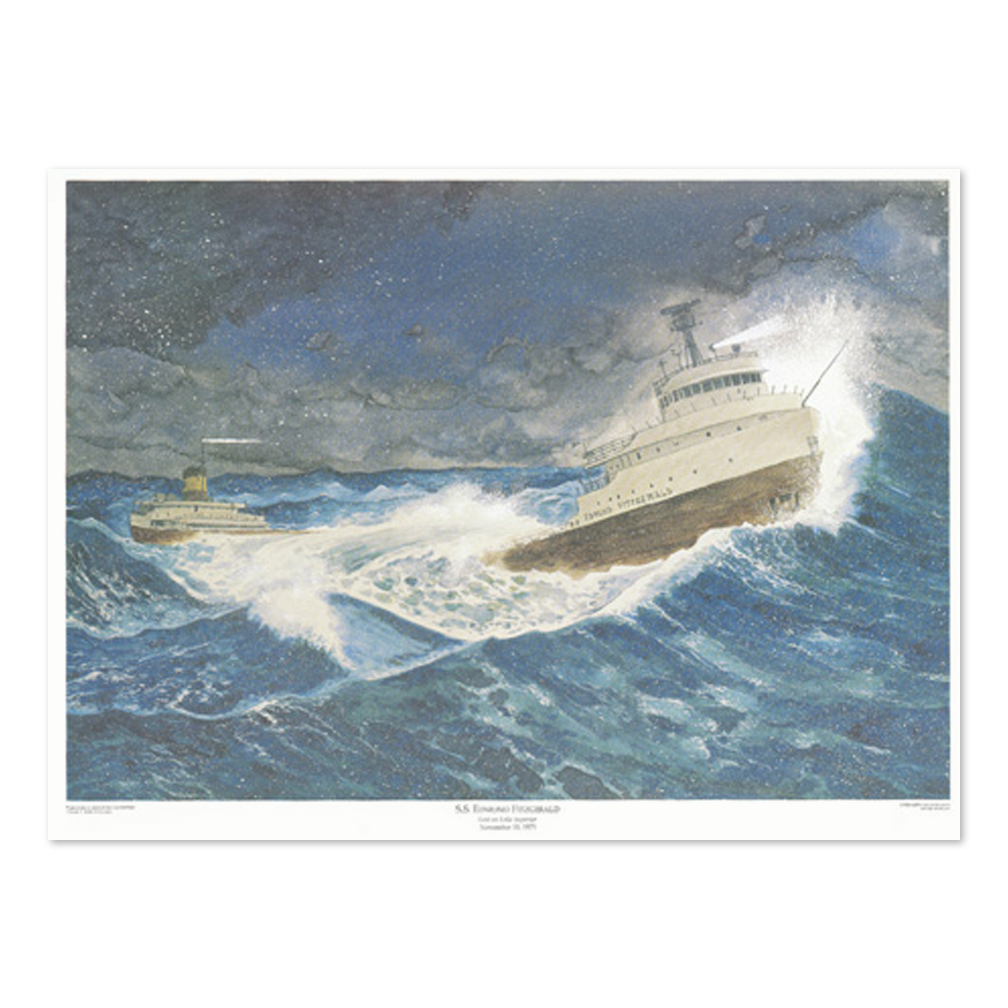13 Tips to Becoming a Better Stone Skipper
This is a favorite past time for many people in the Upper Peninsula from the shores of Lake Superior to Lake Michigan to a small strip of Lake Huron, and the many inland lakes. Not to mention a favorite past time of people across the world. Personally, I have skipped stones as far away from the Upper Peninsula as Seward, AK and Lochranza, Scotland. To call me a stone skipping expert would be blasphemy. However, to say that I’m passionate about stone skipping would be a large understatement.
I want to share with you my top 13 tips to becoming a better stone skipper. Because you too can skip a stone 20 times, you just don’t know it yet!
13 Tips to Becoming a Better Stone Skipper
- Stone skipping is often best (especially here on Lake Superior) during sunrise or sunset. Not only will the lake be calmer, but you will maximize the enjoyment by catching the beautiful light at sunrise or sunset.
- Your stone should be about 3-5 inches in diameter depending on the size of your hand. Comfort is very important to achieve the best results. According to some an air pocket on the bottom of the stone will produce a greater number of skips.
- Your stone should have a good amount of weight to it. A stone that is too light may curve out of control or lose a battle to a larger wave/ripple. A heavier stone will punch through a ripple if need be.
- The stone should fit snug in your hand between your thumb and your index finger. It’s best if the curve of the stone matches the curve of your hand. Your middle finger should support the stone from underneath to assure that it stays flat while you throw it. (observe photo below)
- I find that it’s best to put the tip of your finger and last knuckle just around the corner of the stone. On release, this will help create a maximum spin as the stone rolls off your finger. While thrown, your index finger should extend continuing to push the stone while it rolls off the tip of your finger. (observe photo below) This creates spin giving it a “gyroscopic effect” to help keep it afloat.
- Be sure to stretch. Throwing a few dozen stones is a better work out than expected. And it may be embarrassing to tell someone you threw out your arm while skipping stones.
- Find your location and throw. Find a spot where you can get low and close to the water (stand in the water up to your ankles if you prefer) and have enough space to take a few steps. Also, plan where you will throw your stone and focus on the path of the stone across the entire follow through.
- Practice your sidearm throw (as shown in the above photo and video below).
- It’s time to throw. Take a couple steps into your throw with a smooth fluid motion. Create a fast spin on the stone. Bring your follow through to point at the direction you want your stone to go.
- After taking a few warm up throws, try perfecting the angle which it hits the water. Some physics and stone throwing experts suggest that the best angle is 20 degrees. Get a good idea in your head and your location of what 20 degrees would be. See what works best for you.
- Adding speed to your throw will change the dynamics of the skip. A throw that’s hard, with a close point of first contact and a sharp angle will make very large skips, but not very many. A throw that’s soft and low will make many skips but not go a great distance.
- Now that you have some practice, try controlling your stones in some other ways. Try skipping through or over waves, over a boulder that’s in the water, or curving your stones to the right or the left.
- Finally, remember that a perfect throw will be the combination of spin, speed, and angle.
Also, keep a few in your car just in case, because you never know when you’ll see a perfect glass lake and there won’t be a stone in sight. Also, when you find those perfect stones, consider hanging on to them for the perfect day.
Though I am a huge fan of skipping stones, I am not a scientist of any kind. I will leave the science to the experts. The folks of Physics World have posted an excellent article about the physics of skipping a stone. They have also posted a photo that shows the trajectory of a stone in the water here…



It’s a great feeling to be skipping stones with an amateur and giving them lessons. There is a great amount of joy that comes to their face when they throw their first stone that gets 5, 10, or even more skips.
Personally, although skipping stones takes a level of skill, dedication, and physical ability I do not consider it a sport, but a leisure activity. For me it is an escape to relax, enjoy the beauty of nature and have some fun while doing so. There is a fascination to see how the stone so smoothly skips of the water almost as if it’s a physics phenomenon considering what a rock does if you simply drop it into water.
Some fun facts about stone skipping
- Founded by Coleman-McGhee in 1989, the North American Stone Skipping Association (NASSA) is based in Driftwood, Texas
- The world record according to the Guinness Book of Records is 51 skips, set by Russell Byars on July 19, 2007
- Many of the key formulas for how a stone skips are ‘CLASSIFIED’, by both the American and the British governments
- In England, stone skipping is known as, ‘ducks and drakes’, and nobody seems to know exactly why
- Shakespeare wrote about skipping stones in the original version of Henry V.
- To give you an idea of the physics, according to Wikipedia, earlier research reported by Bocquet calculated that the world record of 38 rebounds set by Coleman-McGhee, unchallenged for many years, required a speed of 12 m/s (25 mph), with a rotation of 14 revolutions per second.
In no time at all you’ll be achieving this…
Russ Byars and the stone skipping world record 51!
Stone skipping season will be alive for another few months in the Upper Peninsula. So get out there and find the best stones you can! A smooth flat stone sitting on the beach is a stone that’s meant to be thrown. Just don’t waste a perfect stone on a wavy day!


